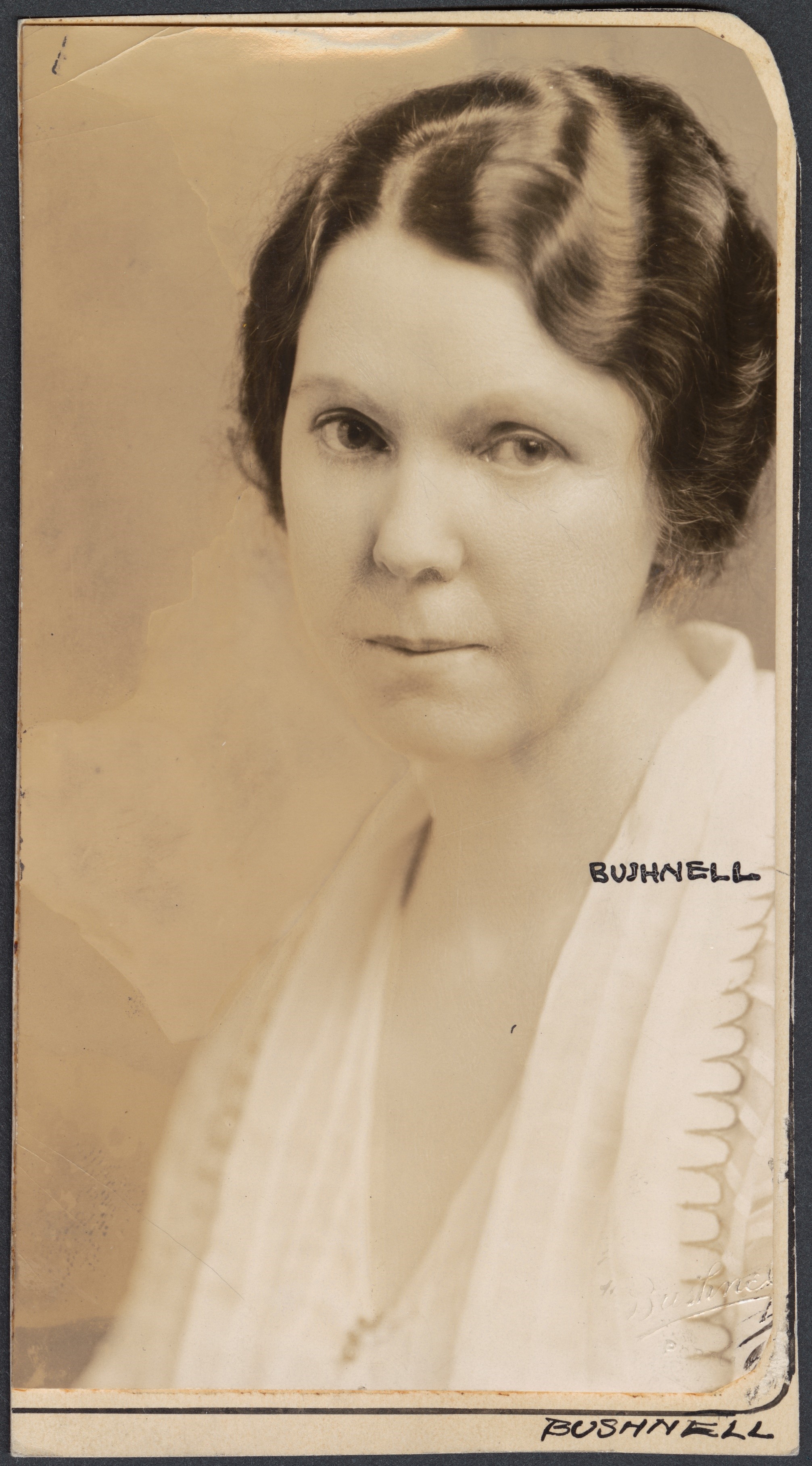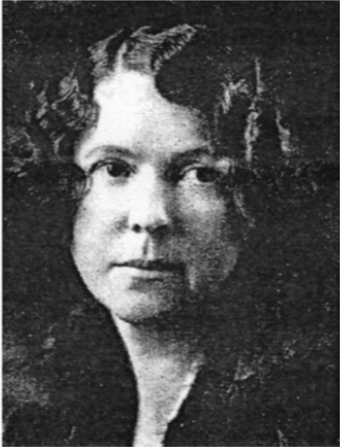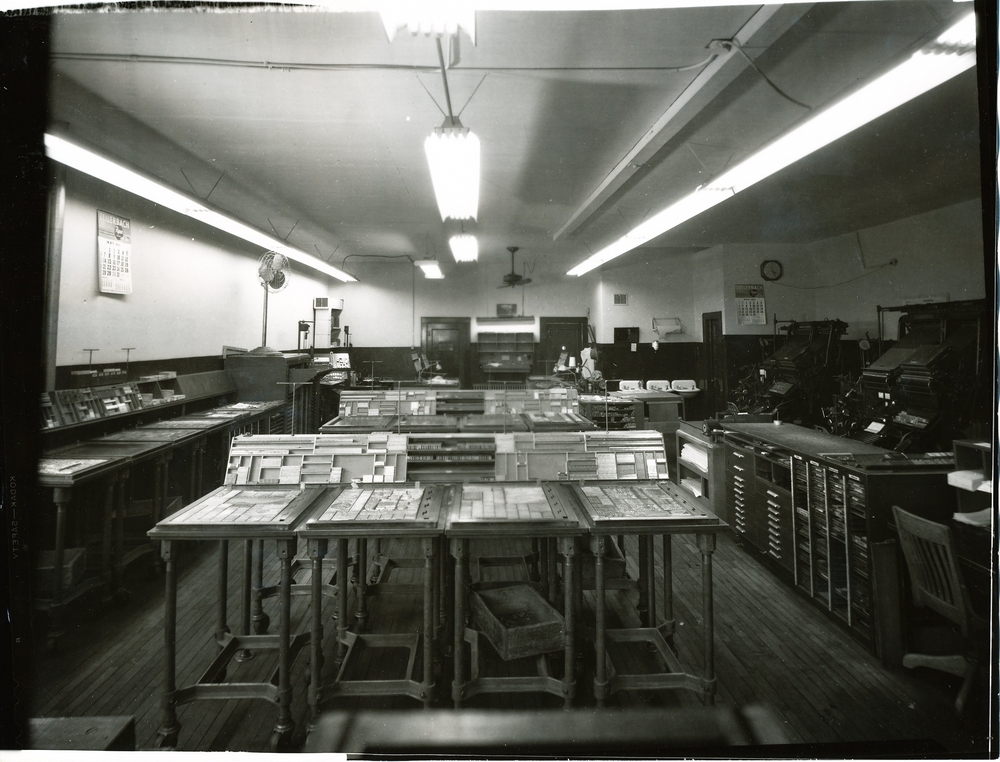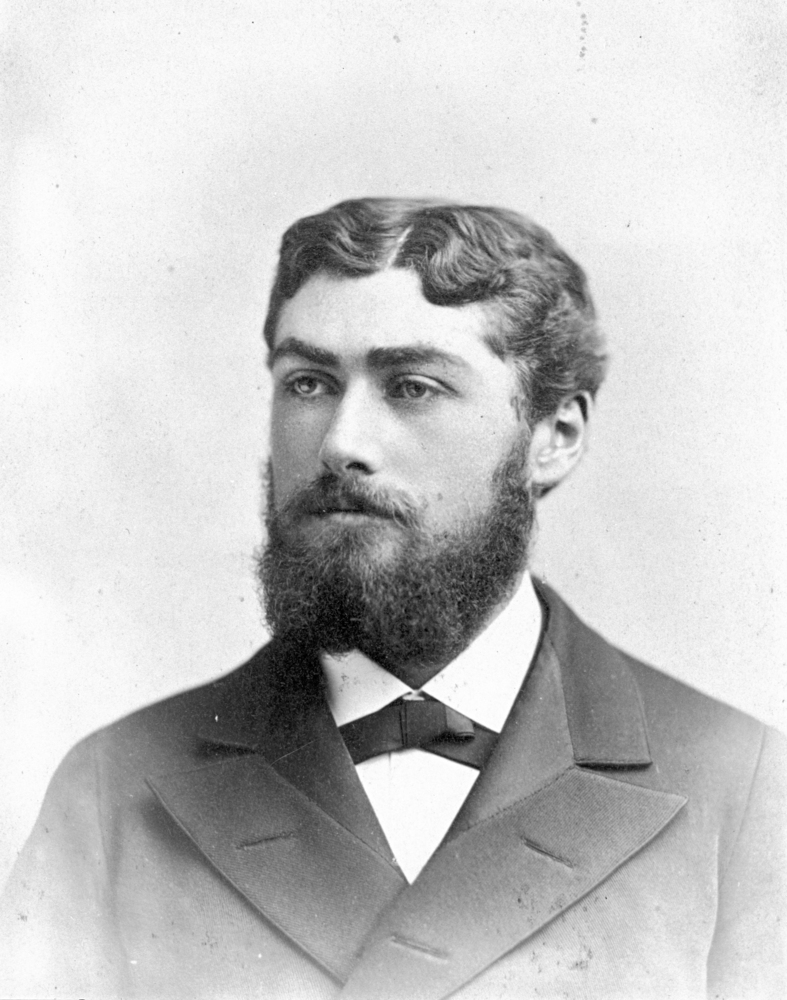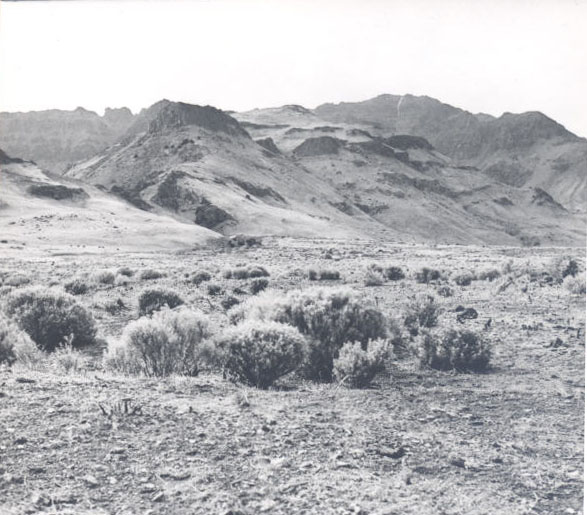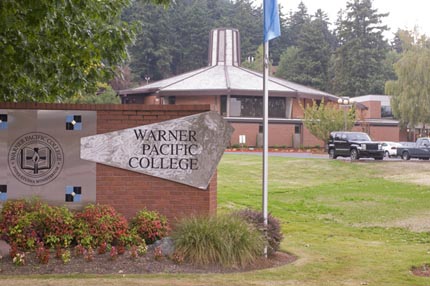Ada Hastings Hedges, poetry editor Borghild Lee wrote in the March 14, 1926, Oregon Journal, “is an exquisite artist…one of the most finished poets in America.” A teacher and writer of fiction, Hedges is best known for her poetry about Oregon’s High Desert. Oregon poet Ingrid Wendt described her as one of the first women’s voices “to present alternative visions of human connection and continuity rooted in traditionally female values.”
Ada May Tyson was born on December 18, 1883, on a small farm in the Glengary Precinct of Fillmore County, Nebraska, to parents Albert Mathias and Sarah Cora (Hastings) Tyson. Following her parents’ divorce when she was six, Ada Tyson was adopted by her stepfather, George Merrill, and lived in Leadville, Colorado. She attended Colorado State Normal School in Greeley (now University of Northern Colorado) and graduated with a general education degree in 1904. She taught school in Fort Pierre, North Dakota, in 1905 and 1906.
Ada Merrill married William Elias Hedges, a Chicago physician eight years her senior, in June 1906. By 1910, she was living with her parents in Portland, but that year she and her husband moved to the small community of Juntura, population 127, between Burns and Vale on the Malheur River, where he was a railroad physician and she taught school. They lived there for more than a decade before moving to Portland, where they lived for the rest of their lives, except for a two-year stay in Los Angeles in about 1930 when William worked in the city health department. William Hedges died in 1936.
In Portland, William worked as a physician, and Ada Hastings Hedges taught high school and was active in the veterans’ rights movement (her husband was a World War I veteran). She was supervising editor of the fifty-four writers who produced the Oregon State Guide for the Works Progress Administration and was assistant editor at Binfords & Mort Publishers. She last taught English literature and creative writing at Warner Pacific College in the mid-1960s.
The abiding interest in her life was writing, including short fiction; a series of reviews of modern poetry, published in the Albany Democrat; and “Close-ups of Oregon Poets,” which were presented on KOAC in Corvallis. But mostly she wrote poetry. She published her first poem in Overland Monthly when she was twenty-eight, and her poems appeared in periodicals such as the Nation, Commonweal, Poetry, the New York Times, London Mercury, Contemporary Verse, American Mercury, and other popular magazines and local newspapers.
One of the few authors associated with Oregon’s southeastern desert, Hedges published her only collection, Desert Poems, in 1930. She told Alfred Powers that the desert region had always fascinated her. She found it “full of mystery and beauty in its own bleak fashion…strangely haunting and baffling.” The poems in the collection were written in traditional sonnet form, with a feminist outlook, informed by the acridness of the rough-edged railroad and cattle town Juntura and the surrounding sagebrushed “lava-miles…indifferent and timeless as the stars.”
With her thirteen sonnets entitled “The Desert Wife,” Hedges can be described as the other poet of the Oregon desert. These poems are a response to C.E.S. Wood’s The Poet in the Desert (1915, rev. 1918 and 1929). He saw the desert as something to be defeated or seduced, while Hedges knew it as a symbol of an awesome, terrifying, and indifferent cosmos that left her powerless to change her fate within it. In one sonnet, she speaks for the Oregon pioneers who made their home in the “promised land” of the High Desert, which took a toll on their lives:
They grew more passive with the meagre years,
Upon their lips and hearts the desert lay
The silence that had throbbed upon their ears—
And after all there was not much to say. (Sonnet XII)
At the age of ninety-six, Ada Hasting Hedges received an honorable mention for a poem she entered in the annual Ben Hur Lampman poetry contest. She had no children and passed her last three years in a Portland nursing home. She died on July 8, 1980, and was interred at the Portland Memorial Mausoleum.
-
![Ada Hastings Hedges, about 1930.]()
Ada Hastings Hedges, about 1930..
Ada Hastings Hedges, about 1930. Courtesy Oregon State Libr., 2008.001.0831
-
![]()
Ada Hastings Hedges.
Courtesy Oregon Historical Society Research Library, with permission from The Oregonian
-
![]()
Ada Hasting Hedges.
Courtesy Ulrich H. Hardt
-
![]()
Ada Hasting Hedges, 1941.
Courtesy, The Spectator
-
![Warner Pacific College Year Book, 1966.]()
Ada Hastings Hedges at Warner Pacific College at the age of 83..
Warner Pacific College Year Book, 1966. Courtesy Warner Pacific College
Related Entries
-
Albany Democrat-Herald
Newspapers on the western frontier were partisan and frequently flaunte…
-
![Binfords and Mort]()
Binfords and Mort
Oregon's first major book publisher, Binfords & Mort, was established i…
-
![C.E.S. Wood (1852-1944)]()
C.E.S. Wood (1852-1944)
C.E.S. Wood may have been the most influential cultural figure in Portl…
-
![High Desert]()
High Desert
Oregon’s High Desert is a place apart, an inescapable reality of physic…
-
![Warner Pacific University]()
Warner Pacific University
Warner Pacific University opened in 1937 as Pacific Bible College in Sp…
Map This on the Oregon History WayFinder
The Oregon History Wayfinder is an interactive map that identifies significant places, people, and events in Oregon history.
Further Reading
Contreras, Alan L., and Ulrich H. Hardt, eds., The Collected Poems of Ada Hastings Hedges, Corvallis, Ore: Oregon State University Press, 2020.
Hedges, Ada Hastings. Desert Poems. Portland, Ore.: Metropolitan Press, 1930.
Lee, Borghild. “Mrs. Hedges Is Exquisite in Her Poetry.” Oregon Journal, March 14, 1926, sec. 4, p. 6.
Powers, Alfred. History of Oregon Literature. Portland, Ore.: Metropolitan Press, 1935.
Wendt, Ingrid, and Primus St. John, eds. From Here We Speak: An Anthology of Oregon Poetry. Corvallis: Oregon State University Press. 1993.


